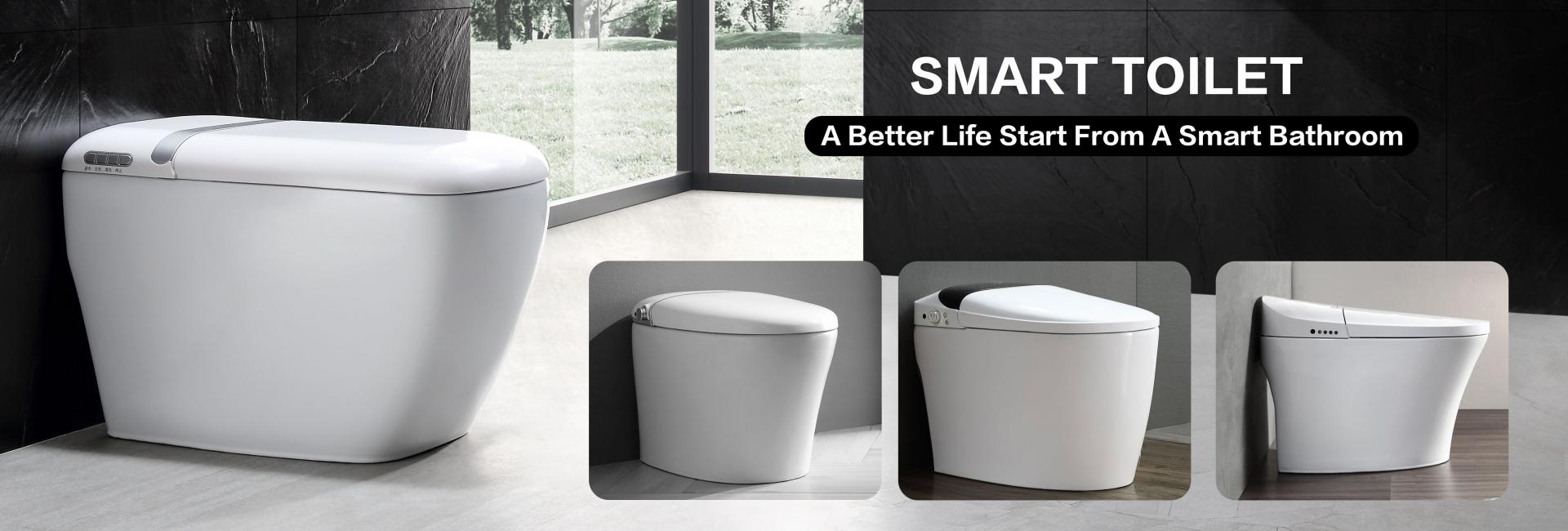SMART TOILET OEM FACTORY
with 1.6M sets per year
 Mazzam Technology
Mazzam Technology  2025-10-17
2025-10-17
As the middle of the year is approaching, many online shopping platforms have begun price-cutting promotions to stimulate consumer spending. With the popularity of smart phones, more and more elderly people have also started their "online shopping journey".
The trend of "digital filial piety" among young people is obvious
According to the census data, the number of the elderly population has greatly increased, and many countries have entered an aging society to varying degrees. The characteristics of the "new elderly" group between the ages of 60 and 70 are constantly emerging, and they have higher requirements for consumption. In the family, young people bear the responsibility of providing for the elderly; in society, they are still the backbone of social development. The "digital filial piety" of young people buying products and services for their elders through the Internet is inversely compatible with the trend of population mobility. Research shows that the online payment orders for the elderly for the young people are showing a skyrocketing trend. Among them, the order volume of clothing, food and medicine all showed a significant growth trend, and the growth trend of medical care was the fastest. Health needs such as hearing aids, wheelchairs, walking aids, and physical examinations have grown steadily.
Diverse types of online shopping for the elderly, increased demand for health products
In case of increasing aging and gradually building a diversified elderly care service system, middle-aged and elderly people have basically entered the category of middle-income groups, and their consumption types have gradually diversified, and they are also beginning to face health problems.
74% of this population suffers from chronic diseases, and they seek scientific methods to combat health risks and physical aging problems. In addition to exercise, regular physical examinations, health consultations, etc., health care product has also become the preferred health management methods.
What’s on the shopping list?
According to consumption data, among the products purchased by or for the elderly, the sales of products represented by smart toilets have increased rapidly.
Smart toilet, was originally used for medical and health care services. Later, people improved it and began to use it for daily use. Early smart toilets only had the function of washing with warm water, however, the current smart toilets on the market have added functions such as seat heating, warm air drying, massage cleaning, sterilization and disinfection, which are different from traditional ones and has a greater help to the health of the human body. This is why smart toilets appear in the shopping list of the elderly.
How can smart toilets affect people's health?
The basic function of intelligent bidet is its washing function. Instead of traditional toilet paper, smart toilet can clean the buttock directly by clean warm water, which is more healthy and hygeian. This also solves the problem that some elderly people cannot completely clean their buttocks due to inconvenience, which greatly facilitates the use of the elderly.
The current smart toilet has also introduced a toilet function, it will strengthen the cleaning force by adjusting the water pressure to achieve enema and defecation and deep cleaning of the intestinal wall. Three waterways designed to meet different degrees of laxative needs, is a good helper for the elderly and constipation patients.
In addition, automatic flushing, memory mode, seat temperature heating and other functions are greatly convenient for the elderly to use, so that the elderly can free their hands, which is more cleaner and healthier.
The era of smart toilets has arrived, and this is a potentially huge market. In developed countries, everyone uses the toilet every day. In developing countries, the penetration rate of smart toilets is also increasing. Not only for the elderly, the health effects of smart toilets are suitable for all ages, including children. Therefore, it is not surprising that smart toilets frequently appear in the shopping lists of elderly people.
